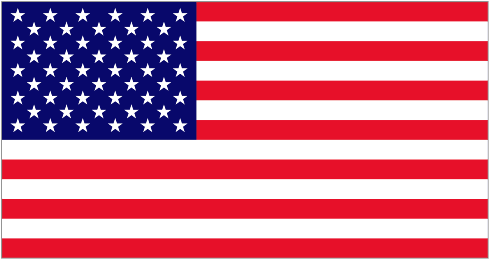Great, let’s continue our music theory lessons with a focus on understanding rhythm and time signatures. Rhythm is the heartbeat of music, and time signatures are the framework that gives rhythm structure and meaning.
What is Rhythm?
First, let’s define rhythm. Rhythm refers to the pattern of sounds and silences in music. It’s what makes music feel like it’s moving forward, and it’s what gives music its groove. Rhythm is created by combining different note durations, or lengths of time that each note is played. In our previous lesson, we learned about whole notes, half notes, quarter notes, and eighth notes. By combining these note durations in different ways, we can create a wide variety of rhythms.
Let’s start with something basic, just a line… and an “x” symbol, to get you the sense of rhythm:
Assuming these “x”s are placed on whole notes, then if we have two sources of music, for example, drum snare and hi-hats, and we want the hi-hats to play at a half note, we could use two lines like this, to indicate the snare (first) and hi-hat (second):
The same is true for instruments that produce different notes, if you want to play the note C, and the note E together, you could do it in a pattern similar to the one above. Just listen to this audio:
What are time signatures?
Now let’s talk about time signatures. A time signature is a symbol that tells us how many beats are in each measure of music and what type of note gets the beat.
The most common time signature in music is 4/4, which means that there are four beats in each measure, and the quarter note gets the beat. This time signature is used in countless popular songs across all genres, from classic rock anthems like ‘Sweet Child O’ Mine’ by Guns N’ Roses to contemporary pop hits like ‘Shape of You’ by Ed Sheeran. With its strong and steady rhythm, 4/4 is the foundation of many musical compositions and is essential for any musician to master.
Other common time signatures include 3/4, which has three beats in each measure, and the quarter note gets the beat, often used in waltzes like ‘The Blue Danube’ by Johann Strauss II. Check out this video of a performance of ‘The Blue Danube’ to hear the 3/4 time signature in action:
Finally, we have 6/8, which can be a tricky time signature to learn because it has six beats in each measure, and the eighth note gets the beat. One way to think of it is like walking in a group of six people, with each step representing a beat.
As you walk, you might naturally emphasize every other step, creating a rhythm that feels like a jig or a reel. This time signature is often used in traditional Irish music, like ‘The Irish Washerwoman,’ and can give a lively and energetic feel to a piece of music.
With practice and patience, mastering 6/8 can open up a whole new world of musical possibilities.
To understand time signatures in general, it can be helpful to think of them as a fraction. The top number tells us how many beats are in each measure, and the bottom number tells us what type of note gets the beat. So, in 4/4 time, the top number 4 tells us there are four beats in each measure, and the bottom number 4 tells us that the quarter note gets the beat.
Now that we know what rhythm and time signatures are, let’s practice reading and writing them. We’ll start with some simple rhythms in 4/4 time, using quarter notes and eighth notes. Then we’ll move on to more complex rhythms and time signatures, so we can start to see how these concepts work together to create the music we love.


